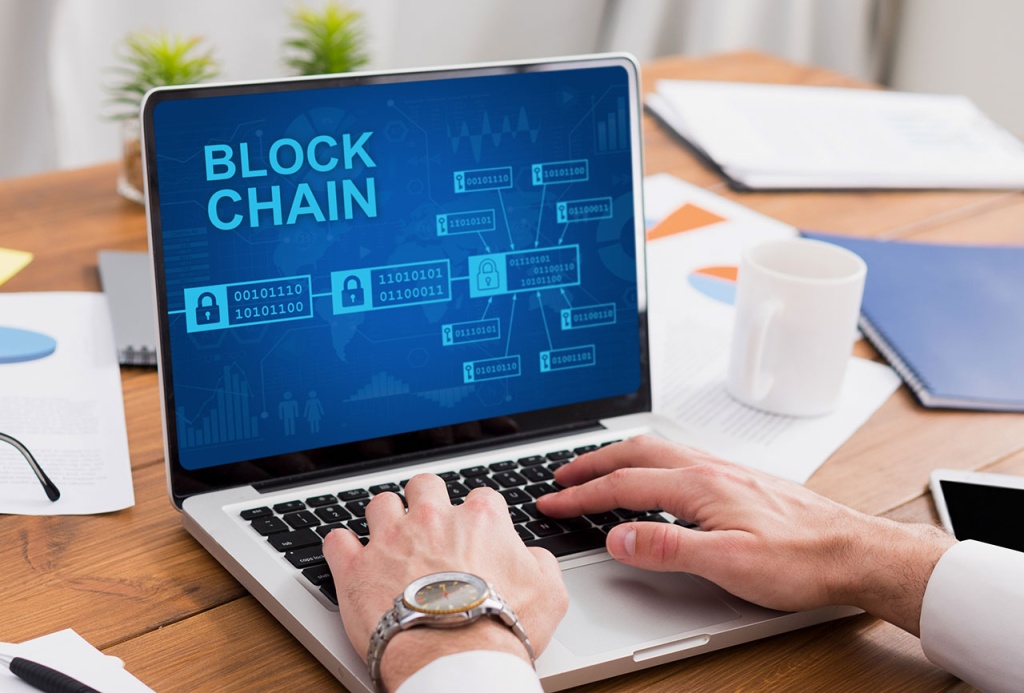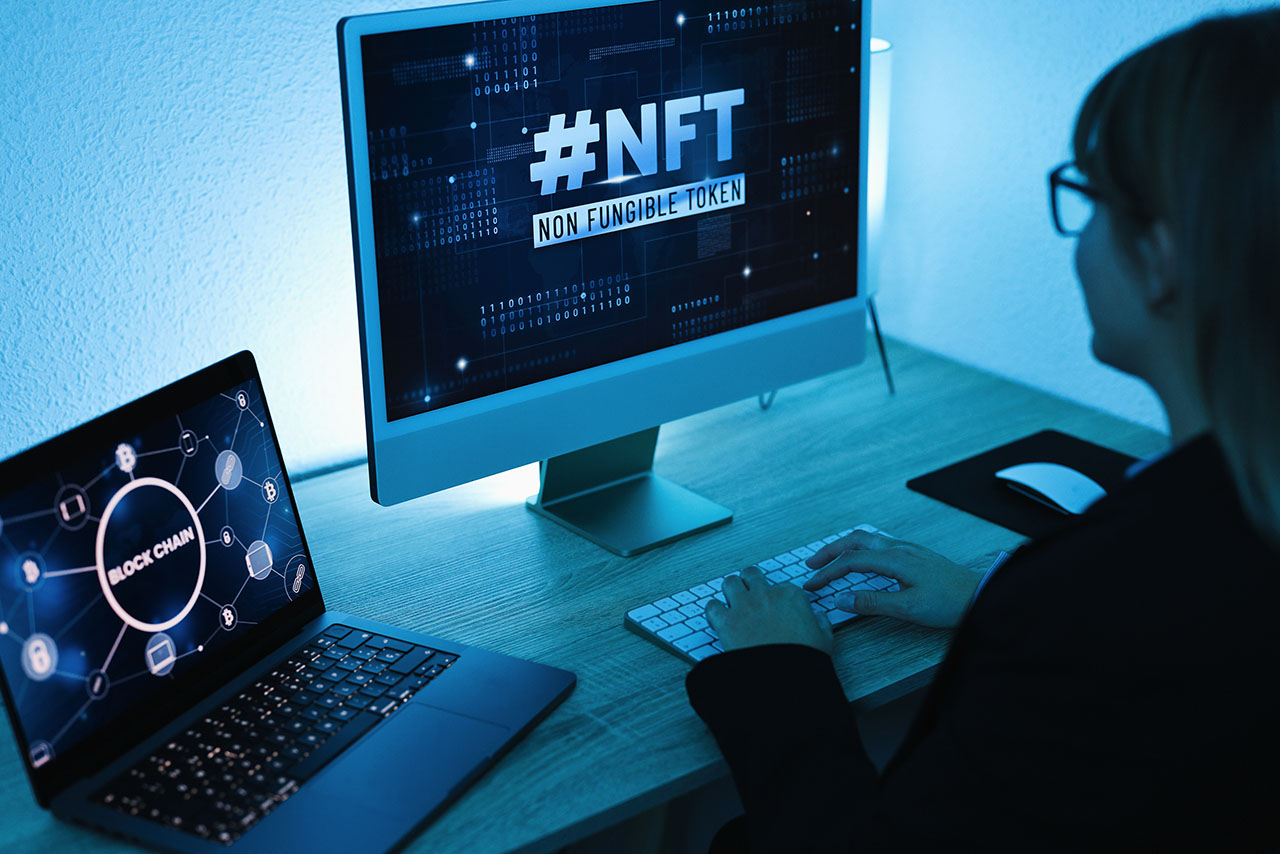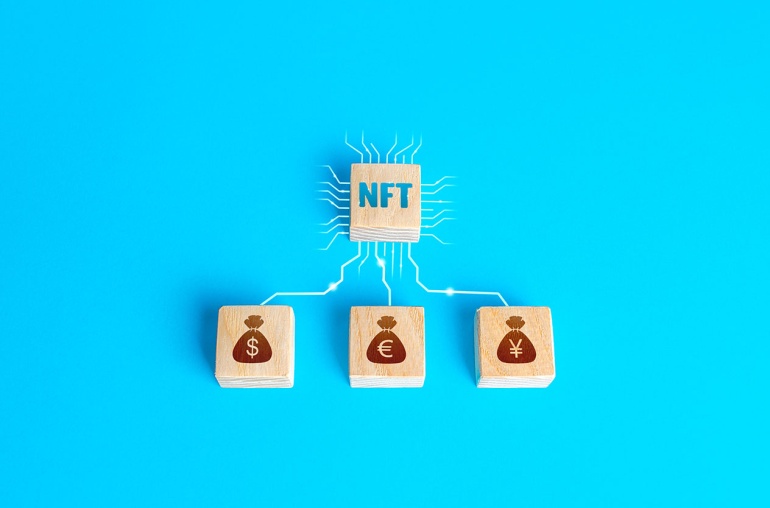The initials NFT stand for “non-fungible token.” From an economic and financial standpoint, a non-fungible asset is defined as anything of value that cannot be interchanged, duplicated, replaced, or replicated in any way.
An object’s fungibility refers to its ability to be exchanged with other similar items. For example, think of the US dollar. You can simply exchange a $1 bill with another $1 bill without any modifications to the net value. The same goes for Euros, Pound Sterling, and every other Fiat currency in the world.
However, NFTs work differently. They’re unique and non-interchangeable because no two NFTs have identical values. You can consider an NFT like a rare piece of art such as an inimitable painting, a priceless artefact, etc.
Imagine NFTs as being similar to Pablo Picasso’s paintings. These incredible works of art are non-fungible because, while anyone can copy the work of Picasso, the originals remain unique and irreplaceable. In the same way, non-fungible tokens make digital content unique and inimitable. This is where their value comes from.
Overall, the value of NFTs is steadily growing while their demand is also increasing by the day. Let’s take a look at another example of Picasso’s artwork. Since his work is exceptional, its value is based on various factors. Generally, any non-fungible asset derives its value from these aspects: ownership history, utility, liquidity premium, and future value.
You might argue that a painting is merely a particular kind of arrangement of colors on a canvas. However, it’s the feelings invoked by it and the impact made on a viewer that play a role in deriving its true value.
This is why a digital artwork created by Beeple (Mike Winkelmann) sells for millions of dollars these days. In return, the buyer isn’t getting anything tangible. It’s only a picture, and that too a virtual one. However, the value of these pixels causes people to splash the cash.
Properties of NFTs
The non-fungibility of such assets gives them specific properties. These are discussed below.
Non-Interchangeable
As already mentioned, no two NFTs can be the same. Every kind of non-fungible asset is a distinctive item that cannot be copied or replaced by a similar one. This makes them extremely valuable.
Inherent Uniqueness
We gave the example of an exchange of identical $1 bills earlier in the piece. Here’s another scenario similar to that one. Suppose you lend $50 to someone for a week and the other person gives you the money back in two $20 bills and one $10 bill. Despite the varying currency notes, there’s still no difference in the dollars’ overall value and either individual’s net worth. You gave $50 and received $50 after a week as agreed upon with the other party.
NFTs, in contrast, don’t follow this rule of exchange and underlying value. Suppose that you own one of Picasso’s original paintings while your friend has one by Leonardo da Vinci in their possession. Can you conduct a barter trade with your pal? Your Picasso for their da Vinci? Of course not!
Both paintings have different legacies in the mind of a potential buyer. As a result, their inherent value is also distinctive. The prestige of owning a da Vinci can’t be matched by that of having a Picasso in your possession. The reverse is also true. NFTs follow the same principle. This is why their value is usually sky-high, making them incredibly expensive to buy.
Smart Contractible NFTs
Being “smart contractible” is just a fancy way of saying that all NFTs can be programmed. So, don’t be put off by the jargon. When someone (the creator) mints an NFT, they add a set of pre-conditions governing that asset.
For instance, if you create a digital painting, you might add a 10% royalty for yourself on every subsequent purchase of the item anywhere in the world. Doing this with physical artwork is unheard of. However, thanks to the Blockchain network, which hosts these NFTs, digital creators and inventors can continue gaining recognition along with adequate financial compensation for their work.
NFTs are Usually Traceable
The extremely safe and reliable Blockchain network ensures that once you buy an NFT, your name is permanently engraved against that asset on the network. This means that anytime someone wants to sell an NFT, a potential buyer can track its entire ownership history over the Blockchain network.
Therefore, you can make a purchase without worrying about the legitimacy and authenticity of a piece of work. Blockchain makes sure that everything about a particular NFT is legit. Otherwise, they can’t be traded over the platform. Aside from the purchase record, you can also trace the complete origin of a non-fungible asset using Blockchain.
Why Are NFTs So Valuable?
Considering the art example once more, there are different aspects that combine to give NFTs their high inherent value. These are listed below.
Buyer Perception
This refers to the worth that a buyer attaches to a non-fungible asset. It’s a measure of how much a potential customer values something and would be willing to pay for it.
Similar Market Value
Similar market value is an analysis of other offerings from the same creator and what they’re selling for.
Underlying Value
This is the value generated by the creator of an NFT. It might be because of their reputation, unmatched skill level, or some other reason.
Potential Value
Potential value is a measure of how much an NFT is likely to be worth in the future. For example, the value of a non-fungible asset might be expected to increase substantially in the future because its creator is young and highly rated within the artistic world.
NFTs & Cryptocurrency
Furthermore, unlike Bitcoin and other cryptocurrencies, you cannot break down an NFT into smaller parts. They are unique data packets that are extremely rare, irreplaceable, and inimitable. Even though any piece of art can be copied and shared millions of times, that doesn’t transfer ownership rights to anyone.
What sets NFTs apart is that they can be transformed into tokens that include a digital ownership certificate. You can buy and sell this virtual document along with the artwork.
Summing Up: Is It Worth It to Invest In NFTs?

Investing in an NFT is worth it as long as your purchased token has some underlying value. This value represents the worth of the individual or company responsible for the minting of that particular NFT. In addition, you should look for an NFT’s underlying value based on the tangible and intangible assets associated with it.
For more interesting content on NFTs and Blockchain, keep watching this space on The Crypto World.



